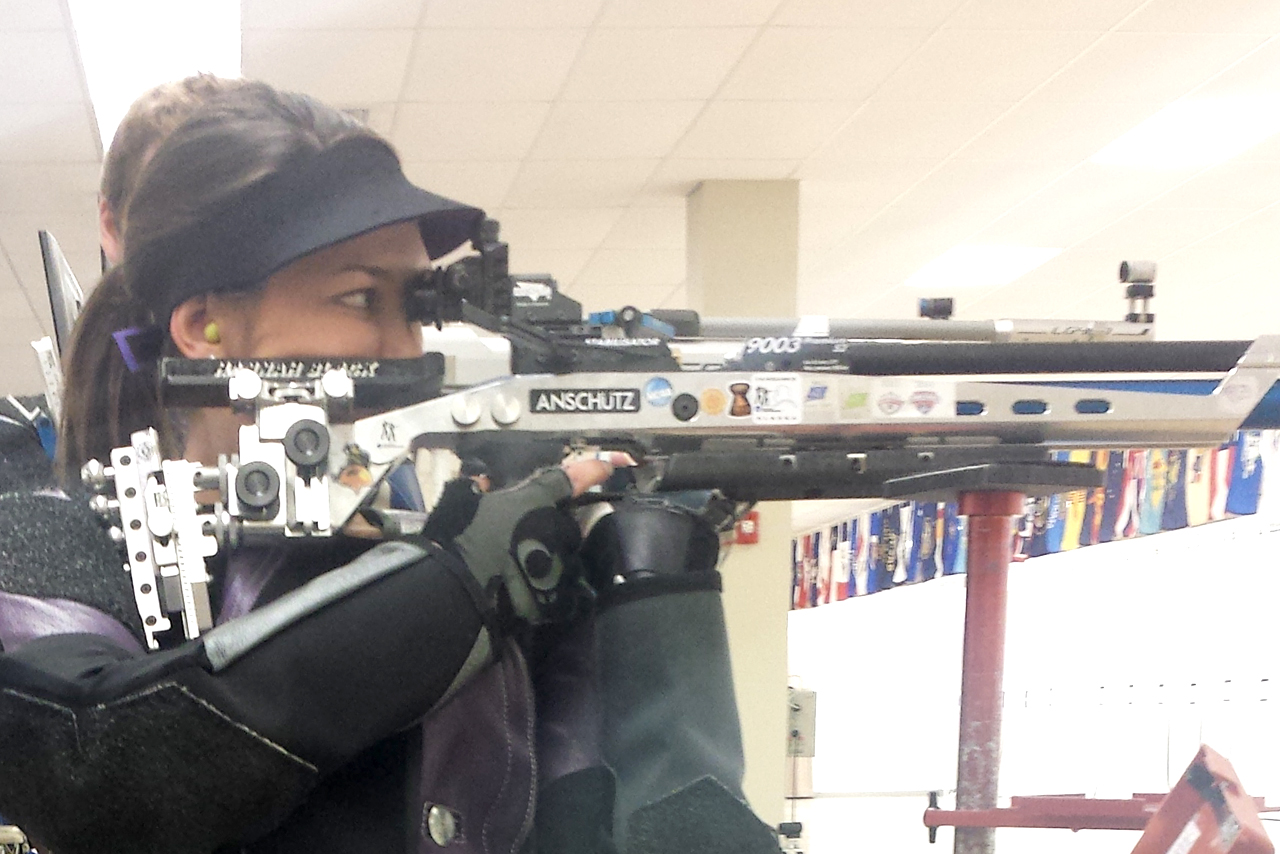Shooting Sports Requirement: Fitness
In precision rifle shooting, we do this thing a lot called "standing still." Now, this seemingly simple task leads to many misconceptions and many well-meant, honestly curious questions, that if we weren't so used to it, would probably be pretty offensive to most shooters. These questions include things such as, "are you guys, like, real athletes?" and "wait so, do you have to workout?" If you couldn't guess, the answers to these are yes, and you got it, yes.
We are real athletes (rifle is a real sport), and not all shooters, but the best rifle shooters, generally have some sort of regular, sport-specific, work out routine that keeps them in pretty good shape. Of course, different shooters' workout routines differ, some being more intensive than others. But these workout programs generally have a few things in common.
1) Cardio: Heart rate is a pretty big deal in shooting. If a shooter's heart rate is high, it can affect her hold. A hold is what a shooter sees when she is looking through the sights at the target. When a shooter's heart rate is up, her hold will "open up" or move around a lot more, making it more difficult to see when the gun is best lined up with the target. So adding a cardio element to an exercise plan is a great way for shooters to develop a lower heart rate.
2) Core Strength: Although most of shooting relies on bone support rather than muscle strength, having a strong core helps shooters in all three positions. Since balance and stability are two of the biggest factors in the physical aspect of shooting, having a strong core is very important. Having a strong core allows for greater stability and balance in general for many activities, but is very much applicable to shooting, making it a vital part of a shooter's exercise program.
3) Balance: As I just said, balance is very important in shooting. Although having a strong core aids in attaining this desired "good balance," there are other exercises that help develop one's balance. One example is using a Bosu "ball" which is basically half of an exercise ball with a flat bottom, to make it slightly easier to balance on and is a great way to work on finding balance on a difficult surface. On a more advanced level, some of the shooters with the best balance can actually stand on full, not flat-bottomed exercise balls. Some can even jump from one exercise ball to another.
In sum, fitness is very important in shooting. It allows for a more consistent performance every time a shooter is on the firing line. Of course, shooters can understand both real, exercise-induced fitness and fittin’-this-whole-pizza-in-my-mouth fitness. But the latter is reserved for the far and few between moments, just like any other athletes.




